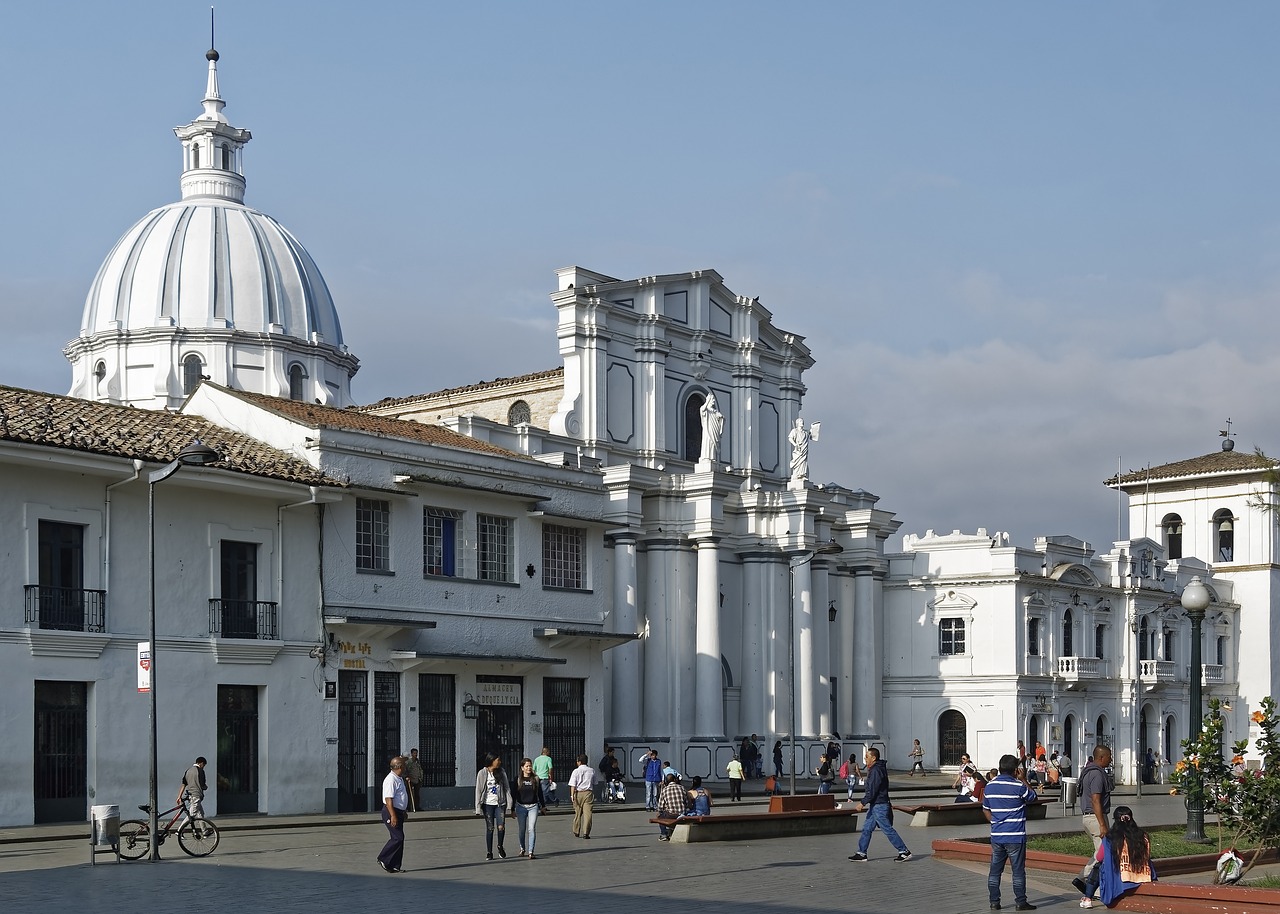Pisa weather is a topic of much interest to those planning a visit to the city, as the weather can greatly affect the overall experience. Pisa is located in the Tuscany region of Italy, which is known for its mild climate and beautiful weather. The city is situated on the banks of the Arno River, and its proximity to the coast and the sea also plays a role in its weather patterns.
Pisa has a Mediterranean climate, characterized by mild winters and warm summers. The city experiences an average of around 300 days of sunshine per year, making it a great destination for those looking to escape the cold and dreary weather of other parts of Europe. The temperature in Pisa is generally quite mild, with the average high temperature in the summer months reaching around 25°C (77°F), and the average low temperature in the winter months dropping to around 5°C (41°F).
The rainy season in Pisa typically runs from October to April, with the heaviest rainfall occurring in November and December. While the city does experience some rainfall during the summer months, it is generally quite light and short-lived. The average annual rainfall in Pisa is around 800mm.
| Month | Low (°C) | High (°C) | Low (°F) | High (°F) | Rain (%) |
| January | 5 | 11 | 41 | 52 | 76 |
| February | 5 | 12 | 41 | 54 | 68 |
| March | 7 | 15 | 45 | 59 | 58 |
| April | 9 | 18 | 48 | 64 | 48 |
| May | 12 | 22 | 54 | 72 | 38 |
| June | 15 | 26 | 59 | 79 | 28 |
| July | 17 | 29 | 63 | 84 | 18 |
| August | 17 | 29 | 63 | 84 | 18 |
| September | 14 | 25 | 57 | 77 | 28 |
| October | 11 | 20 | 52 | 68 | 38 |
| November | 8 | 15 | 46 | 59 | 48 |
| December | 5 | 11 | 41 | 52 | 58 |
When planning a trip to Pisa, it is important to consider the best time of year to visit in terms of weather. The summer months of June, July, and August are the warmest, with high temperatures reaching up to 29°C (84°F). These months are also the driest, with the least amount of rainfall. Many visitors enjoy the warm weather and sunshine during this time and take advantage of the many outdoor activities that Pisa has to offer.
However, the summer months can also be quite crowded in Pisa, as it is a popular tourist destination. If you prefer to avoid the crowds and the heat, the shoulder months of May and September may be a better option. During these months, the weather is still quite mild and pleasant, but there are fewer tourists in the city.
Another great option for visiting Pisa is in the spring months of April and May. The weather is starting to warm up, and the city is blooming with colorful flowers and lush greenery. This is also a great time to visit if you are interested in seeing the city’s famous Leaning Tower without the long lines that can form during the peak tourist season.
For those looking to escape the cold weather of other parts of Europe, Pisa can also be a great destination in the winter months. The city experiences mild temperatures and relatively little rainfall, making it a comfortable place to visit. The winter months can also be a great time to visit if you are interested in seeing the city’s historic sites without the crowds of tourists.
In conclusion, the best time to visit Pisa depends on your personal preferences and the type of experience you are looking for. If you are looking for warm weather and sunshine, the summer months are the best option. If you want to avoid the crowds and the heat, the shoulder months of May and September may be a better choice. The spring and winter months also offer great weather and fewer tourists, making them a great option for those looking for a more relaxed experience.



